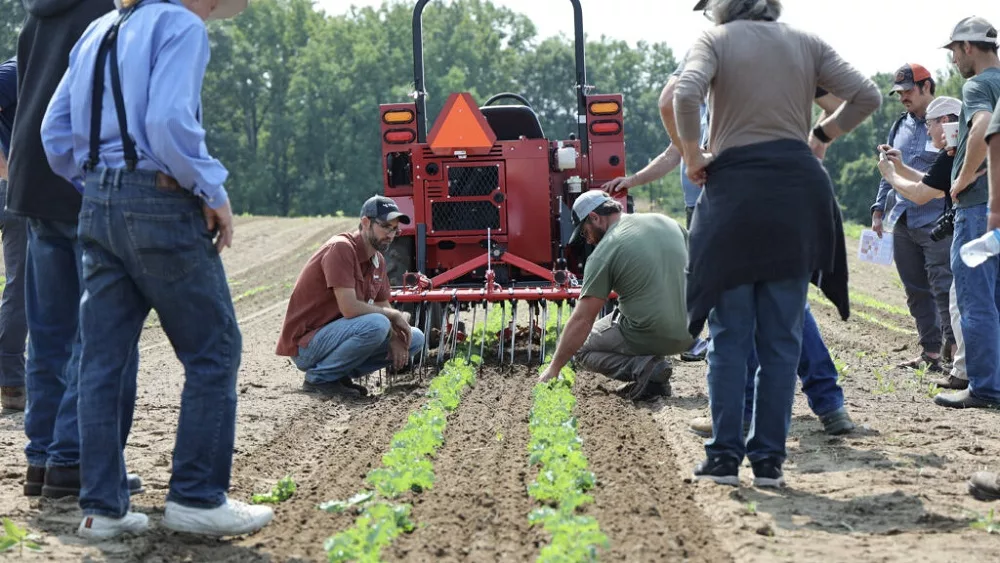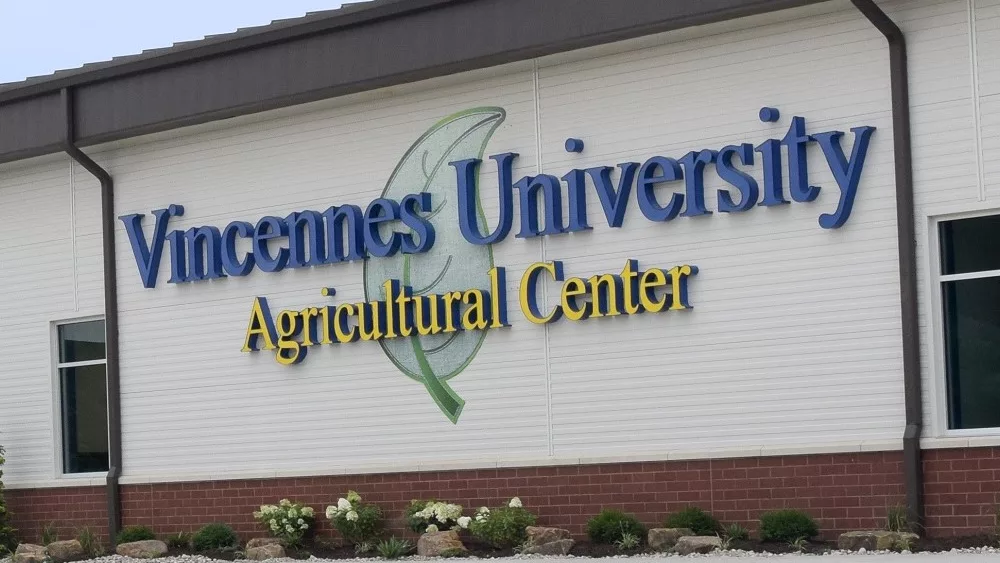Representatives from both the National Corn Growers Association (NCGA) and the American Soybean Alliance (ASA) spoke before the House Agriculture Committee’s Subcommittee on General Farm Commodities, Risk Management, and Credit on Wednesday, where they offered perspectives from corn and soybean producers on the 2023 Farm Bill.
“Federal crop insurance has a proven track record of helping producers quickly respond to natural disasters,” said NCGA President Tom Haag. “Corn growers consistently rank crop insurance as the most important program and title of the farm bill. NCGA broadly supports increasing the affordability of crop insurance.”

In addition to emphasizing corn growers’ support for crop insurance, Haag also offered recommendations for the commodity title. He said NCGA supports increasing the maximum rate in the Agriculture Risk Coverage County program to provide increased assistance to growers who experience significant revenue losses.
Agriculture Risk Coverage County payment rates may not currently exceed ten percent of the county benchmark revenue, which limits assistance to farmers.
“In 2020, growers across Iowa suffered major losses due to the derecho,” Haag said. “The yield losses were widespread and deep enough for ARC County to trigger payments in multiple counties, but the program’s effectiveness was restricted due to the limitation.”
Haag said NCGA recommends increasing the coverage level for ARC County to make the program more responsive to revenue losses.
NCGA supports improvement of the Price Loss Coverage program, Haag said, which provides important price protection for farmers. He noted that NCGA is focused primarily on improvements to the PLC effective reference price escalator. Improving it, Haag said, would allow the program to offer more responsive levels of protection that rise and fall in response to market prices.
Haag also highlighted the importance of expanding international markets by investing in trade promotion programs that boost U.S. agricultural exports and help agriculture and related businesses in rural America. NCGA also supports multiple initiatives to make the existing working land conservation programs more effective.
“We appreciate the budget challenges and varied approaches to current issues impacting the agricultural sector,” Haag said. “Our goal is to make USDA programs more effective and responsive through strategic investments and policy enhancements.”

Speaking on behalf of the American Soybean Association and his fellow soy growers, ASA President Daryl Cates also addressed the need for mitigating farmers’ risks both in the field and beyond. Cates was also invited to testify to offer soy producers’ perspectives on the 2023 Farm Bill.
ASA shared soy’s 2023 Farm Bill priorities in May of last year and has worked since to circulate those needs on the Hill and collaborate with other agriculture groups to assure farmers’ priorities are considered in the next farm bill; farm bills are historically authorized for five years, with the 2018 Farm Bill now up for reauthorization.
Cates in his oral testimony said, “I have a simple message to share with you today: Soybean farmers need your help in the next farm bill.”
While the message is simple, the concerns and solutions are not always. Cates asked for help with two priorities in the subcommittee’s jurisdiction: 1). Protecting crop insurance and 2). Improving the Title I farm safety net for soybeans. Citing crop insurance as “the most effective and important component of the farm safety net for soybean farmers,” Cates noted how crop insurance helps farmers like him manage risk and secure operating credit from their lenders—a layer of protection while crops are in the ground and one that ASA asks to remain unscathed by amendments.
The second ask—an additional layer of protection beyond the field—is a bit more complex: improving the Title I farm safety net to help it better align with realistic needs. Cates says a predictable, effective farm safety net is a must in the next farm bill.
Despite successes to enhance and diversify markets, China remains U.S. soy’s #1 export market, with one in three rows of beans exported there. Said Cates, “During the height of the trade war with China in 2018, U.S. soy stopped flowing to the Chinese market in our peak export period that fall. Soybean prices dropped significantly, but we received no PLC benefits and little from the ARC program. USDA stepped in with ad hoc, temporary support to farmers.
If a trade war that shrunk soybean demand by over 30% hardly triggered the farm safety net provided in the current farm bill, it is difficult to envision a scenario that would provide meaningful assistance without significant improvements to the current reference price and program elements of ARC and PLC.”
Another challenge raised in the hearing is the significant disparity in recent soybean planted acres compared to base acres, on which ARC and PLC benefits are provided. This difference impacts the accessibility and effectiveness of the farm safety net: In 2022, soybeans were planted nationally on 87.5 million acres. By comparison, soybean base totals 53.2 million acres. Over 30 million acres of soybeans were not protected by the soybean provisions of ARC and PLC in 2022.
Sources: National Corn Growers Association, American Soybean Alliance.





